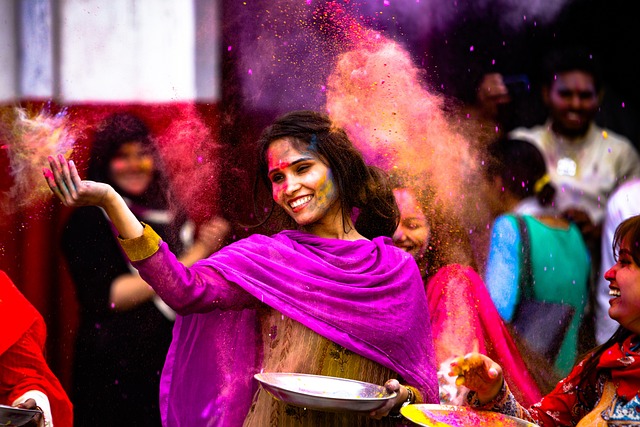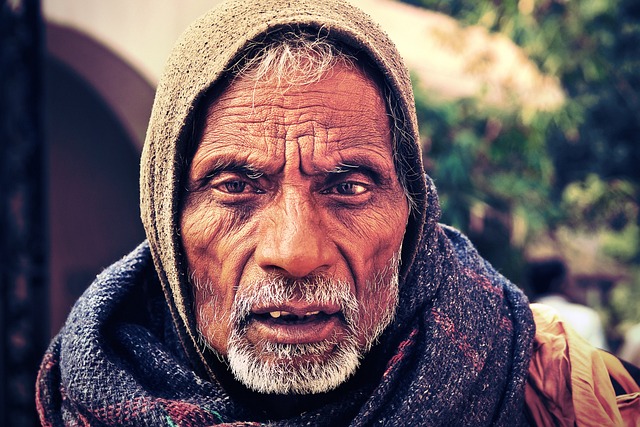
Hip Hop
Understanding Hip Hop
Hip hop is not just a genre of music; it is a cultural movement that encompasses various elements, including music, dance, art, and fashion. Emerging in the 1970s in the Bronx, New York City, hip hop has grown into a global phenomenon, influencing countless aspects of society and culture. At its core, hip hop is characterized by stylized rhythmic sounds, often built around funk grooves, electronic drum beats, and rapping, which is a percussive vocal delivery of rhymed poetic speech.
The Origins of Hip Hop
The roots of hip hop can be traced back to block parties in New York City, where DJs played percussive breaks of popular songs. Using two turntables and a DJ mixer, they could alternate between two copies of the same record, extending the "break" and creating a unique sound. This innovative technique laid the groundwork for what would become a defining feature of hip hop music.
Old-School Hip Hop
Old-school hip hop represents the first mainstream wave of the genre, marked by its disco influence and party-oriented lyrics. Artists like Grandmaster Flash and the Furious Five, Run-D.M.C., and Afrika Bambaataa were pivotal in shaping this early sound. The music was often upbeat and focused on themes of celebration and community, making it a staple at social gatherings.
The Evolution of Hip Hop
The 1980s marked a significant diversification of hip hop as the genre began to develop more complex styles and spread around the world. Artists started to explore a wider range of themes, including social issues, personal struggles, and political commentary. This evolution was facilitated by the availability of sampling technology and drum machines, which allowed for greater creativity in music production.
Key Elements of Hip Hop Culture
Hip hop culture is built on four foundational elements:
- MCing (Rapping): The vocal aspect of hip hop, where artists deliver their lyrics rhythmically and often with intricate wordplay.
- DJing: The art of manipulating sounds and creating music using turntables and mixers.
- Breakdancing: A dynamic style of street dance that emerged alongside hip hop music, characterized by acrobatic moves and intricate footwork.
- Graffiti Art: Visual art that serves as a form of expression and communication within the hip hop community.
Global Impact of Hip Hop
As hip hop spread beyond the United States, it began to take on new forms and influences in different cultures. Countries around the world have adopted hip hop as a means of expression, often reflecting local issues and experiences. From French rap to Japanese hip hop, the genre has proven to be adaptable and relevant across diverse contexts.
The Future of Hip Hop
Today, hip hop continues to evolve, with new artists pushing the boundaries of the genre. The rise of digital platforms has allowed for greater accessibility and exposure, enabling emerging talents to reach global audiences. As hip hop integrates with other musical styles and genres, it remains a powerful tool for storytelling and cultural expression.
Conclusion
Hip hop is more than just music; it is a cultural movement that has shaped and been shaped by the world around it. Its roots in community and creativity continue to drive its evolution, making it a vital part of contemporary culture.

















 Who Are Leanna Lenee's Parents?
Who Are Leanna Lenee's Parents? 
 Health
Health  Fitness
Fitness  Lifestyle
Lifestyle  Tech
Tech  Travel
Travel  Food
Food  Education
Education  Parenting
Parenting  Career & Work
Career & Work  Hobbies
Hobbies  Wellness
Wellness  Beauty
Beauty  Cars
Cars  Art
Art  Science
Science  Culture
Culture  Books
Books  Music
Music  Movies
Movies  Gaming
Gaming  Sports
Sports  Nature
Nature  Home & Garden
Home & Garden  Business & Finance
Business & Finance  Relationships
Relationships  Pets
Pets  Shopping
Shopping  Mindset & Inspiration
Mindset & Inspiration  Environment
Environment  Gadgets
Gadgets  Politics
Politics 